
Destination Guide Finest Lower Grade Routes in Pembroke
Pembroke epitomises all that our eclectic world of climbing can offer: freedom, space, and a feeling that you're poised on the very edge of nowhere. Many of Pembroke's jewels are in the upper grades, but there is plenty on offer for those who w...










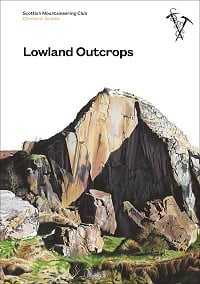
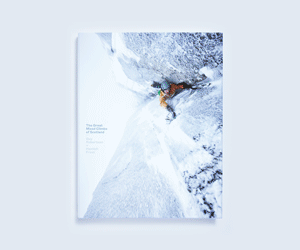






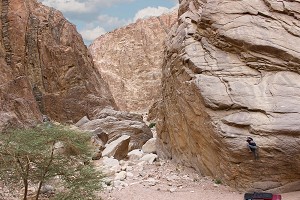
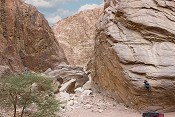
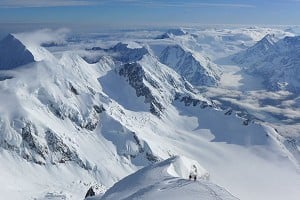
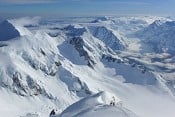
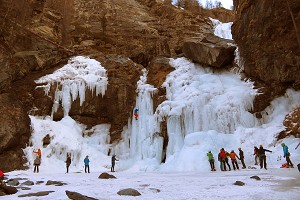
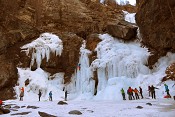
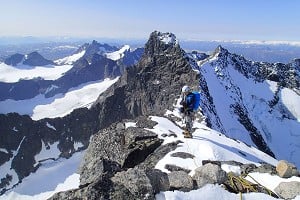
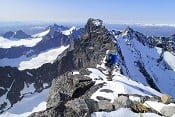
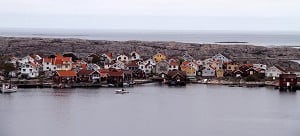

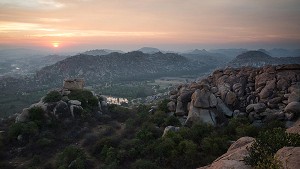

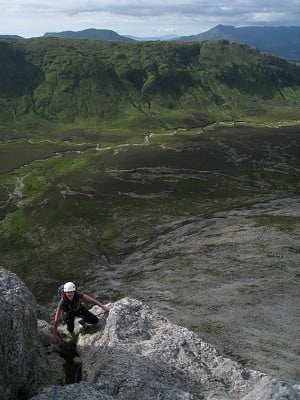
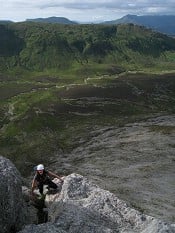
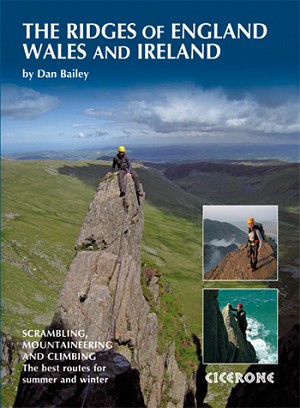
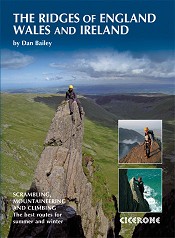


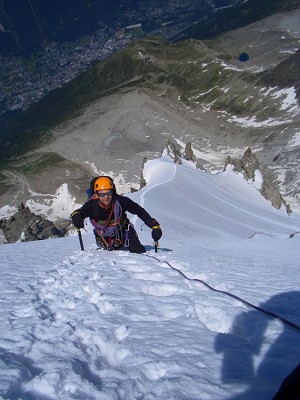
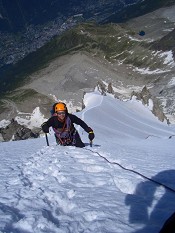
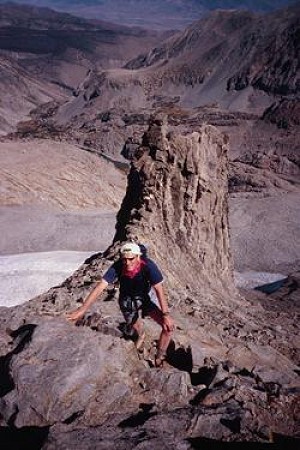
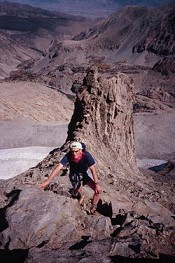
Comments
Really good to have a new lowland outcrops guide after so long. Lots to like about the new look guide and loving the cover artwork of Dumbie, but I have a number of gripes about layout, style, the photos etc. Good to have a review at some stage though.